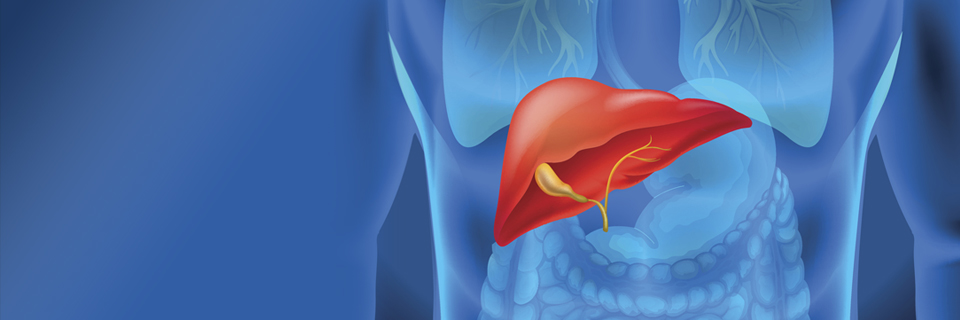
Short Description Of The Team
Team Activities
Achievements
Short Description Of The Team
The Quantitative and Computational Liver Imaging team focuses on the precise quantification of liver MR images through advanced computational methods. The group’s research is centered on two primary objectives:
- Quantification of Hepatic Fat and Iron Development of robust imaging and analysis techniques to measure excess fat and iron accumulation in the liver, supporting early detection and monitoring of metabolic and hematologic disorders.
- Liver Cancer Quantification Design of imaging biomarkers and computational tools to assess tumor burden, heterogeneity, and progression in liver cancer, enabling improved diagnosis and treatment planning.
The overarching goal of this team is to create AI-driven computer-aided diagnostic software tailored for liver imaging. This includes:
- Integration of machine learning algorithms with MR image data
- Automated feature extraction and classification
- Development of predictive models for clinical decision support
Team Activities
- Multi-parametric MRI Protocols Design and development of comprehensive MRI protocols that integrate multiple imaging parameters (e.g., T1, T2, diffusion, perfusion) to enhance diagnostic accuracy across a range of pathologies.
- Patient-Specific Liver Imaging Implementation of personalized imaging strategies tailored to individual liver anatomy and pathology, enabling precision diagnosis and treatment planning in hepatic disorders.
- AI-Based Quantitative Analytics Development of advanced analytical methods using artificial intelligence and machine learning techniques. Integration of both big and small data sources to extract meaningful biomarkers and predictive features for clinical decision support.
Achievements
- Development and validation of T2*-based MRI techniques for accurate measurement of hepatic fat and iron content, supporting early diagnosis and monitoring of metabolic liver disorders.
- Integration of multi-parametric imaging strategies to assess key pathological features in liver disease, enabling comprehensive characterization of hepatic tissue health.
- Application of dynamic contrast-enhanced (DCE) and intravoxel incoherent motion (IVIM) MRI protocols to evaluate treatment response and perfusion changes following TACE in liver cancer patients.
